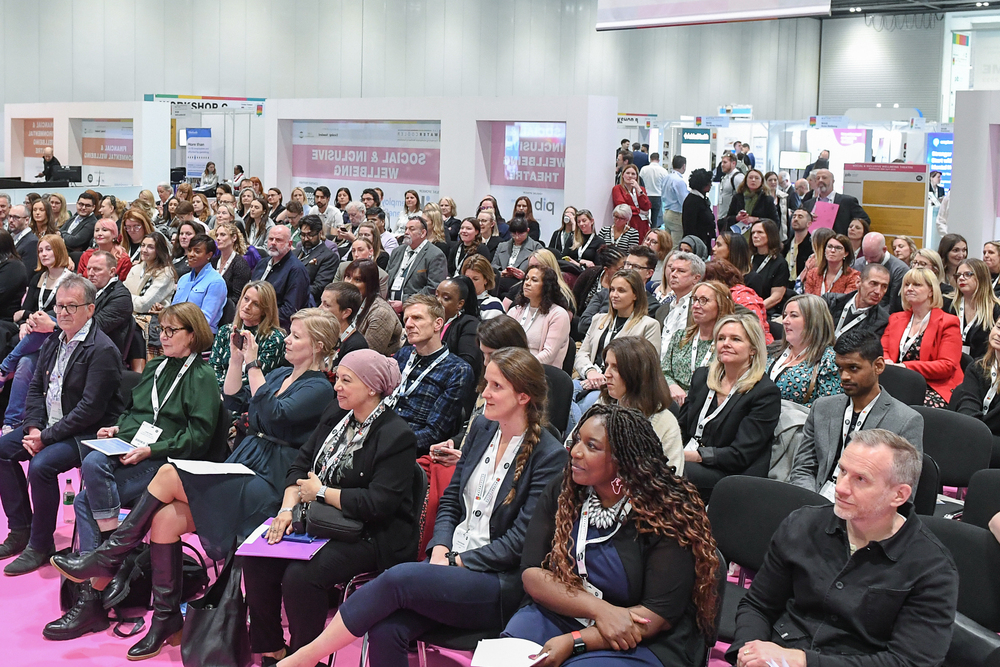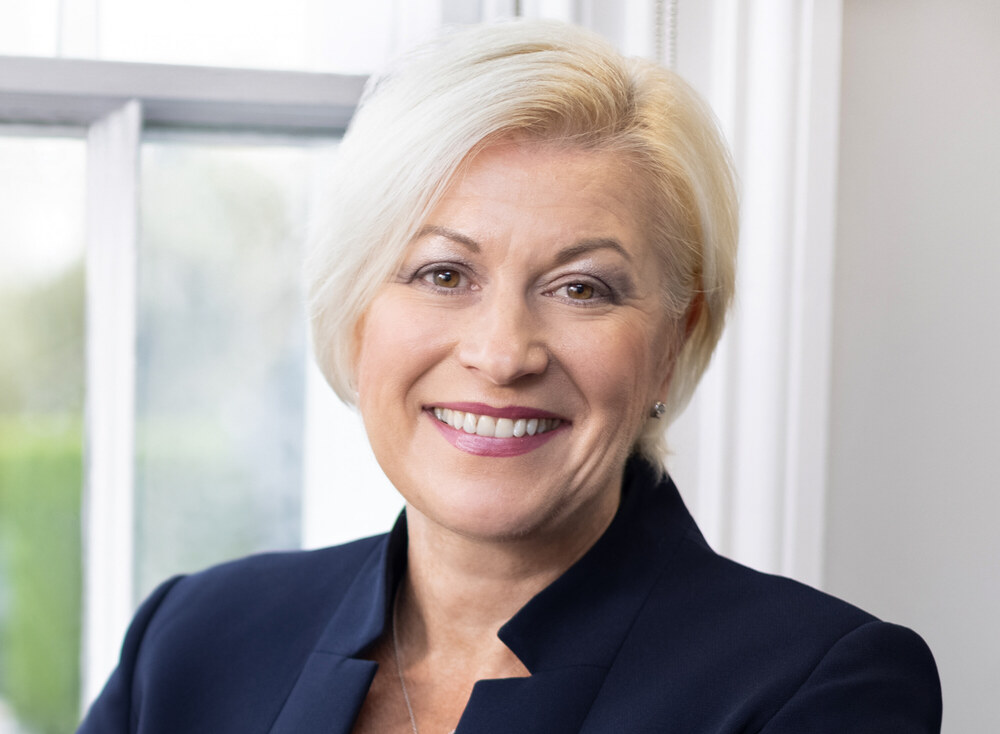The current and increasing pressures on costs mean it’s becoming more vital than ever that employers take an active role in supporting employees when it comes to protecting their financial health.
Last week’s webinar, sponsored by Octopus MoneyCoach, saw a panel of wellbeing and HR professionals come together to discuss how employers can engage what has been described as a ‘financially fatigued workforce’ when it comes to keeping financial wellbeing front of mind.
The panel experts were:
• Lynn Barnett, Head of Reward, C Hoare & Co
• Stephen West, People Director, Lightful
• Jamie Broadley, Head of Health & Wellbeing, Serco Group
• Anasuya Iyer, VP of Growth, Octopus MoneyCoach
During the webinar the panel shared some key insights and experiences on delivering financial wellbeing support and the challenges surrounding employee engagement.
Why is gaining engagement difficult?
There’s no question that many companies have strong wellbeing initiatives and offerings in place, as illustrated by the many programmes offered by the companies represented in the panel, but despite this, Lynn stated that often ‘engagement is the hardest part’. So what are the reasons that people may be reluctant to take advantage of this support, particularly when it comes to financial wellbeing?
Impact and action
Anasuya led with an interesting observation that sometimes it can be the volume of resources and information that causes a barrier. There’s so much information out there that it can be overwhelming because first people have to engage (for example attend a webinar), then figure out what’s relevant to them (and what that means for them specifically), and then they have to be motivated to actually take action on it.
How to get that engagement
The panel shared their experiences and thoughts on how to go about increasing that engagement. One of the key agreements was that ‘one size really doesn’t fit all’ so a tailored approach is most helpful.
Here are some of the suggestions put forward:
- 1-1 personalised, tailored coaching – tuning in to what individual people need based on life and career stages
- Regular internal comms – keeping people aware and updated
- Gamification – offering that fun aspect to gain engagement that can then lead to signposting for further help
- Culture – creating a supportive and caring culture so people feel able to raise financial concerns
- Remind people what benefits are available – keeping all the information centralized and easily accessible, simplifying routes of access
- Role modelling and storytelling – real-life practical examples can be more convincing – perhaps from the leadership team.
- Cultural nuance – Jamie shared that the wellbeing field can tend to default towards the ‘white middle class’ and we need to engage populations differently
- Creating depth of trust – a trusted voice increases uptake.
Steve added that it’s also important to keep privacy in mind. People are inclined to keep their financial issues private, which can make it hard to target specifics, but again, this is where that tailored, 1-1 approach comes in.
Reaching the hard to reach
The webinar continued by looking at the challenges involved in reaching those who are hardest to reach, and how to overcome them.
Anasuya outlined 3 main barriers to engagement among this group:
Fatigue – that financial fatigue experienced by many right now – this can be helped by 1-1 help, coaching etc.
Fear – we often have that workplace culture where people don’t bring their whole self to work – this can be overcome through icebreaker-type activities, a simpler way to start the conversation. Using storytelling tactics can help with making people more comfortable talking about things.
Inclusion – Some employees have been historically excluded from mainstream finance, it can feel intimidating. This can be helped by using a diverse group of coaches, holding D&I sessions – making people feel more comfortable to approach.
Jamie also shared some interesting points about when touchpoints are more limited in certain types of organisation. He said:
- It’s the boring stuff that works – the day-in day-out showing up for people, the consistency in being available to have the conversation.
- Stop sanitising the topic – being human is messy, and there are challenging conversations to be had.
- Help people feel less alone – Show the issues are affecting many – we’re in this together – give people a ‘safety net’ feeling.
When a pay rise just isn’t viable
The last question the panel discussed was around probably one of the most frequently talked about topics when it comes to financial wellbeing offerings – what to do when people just want a pay rise.
Of course, the answers will be context specific depending on individual organisations but the panel agreed on some key aspects when it comes to responding to this.
- Take it as an opportunity for honesty – explain why that might not be a possibility, be willing to have the conversations, this can build trust and engage people with how the business runs.
- Be transparent – just being transparent about the economic situation of the business – another opportunity to build openness and depth of trust
- Use it to lead into what is available – While this doesn’t take away the pressing financial need it does mean you can be upfront and lead into what is there and how to access and utilise benefits and discounts
- Use caution when it comes to one off payments – as these can impact where people are receiving benefits – it may create complexity and confusion so bear in mind the unintended consequences that one off payments might have.
- Have the difficult conversations – leveling up training for managers so they are able to have authentic, meaningful conversations on any topic.
Key takeaway?
Lynn rounded off the webinar by sharing her key takeaway from the session. She said:
‘It’s about trying to reach out to all of your groups – one size does not fit all..there are opportunities everywhere.’

















